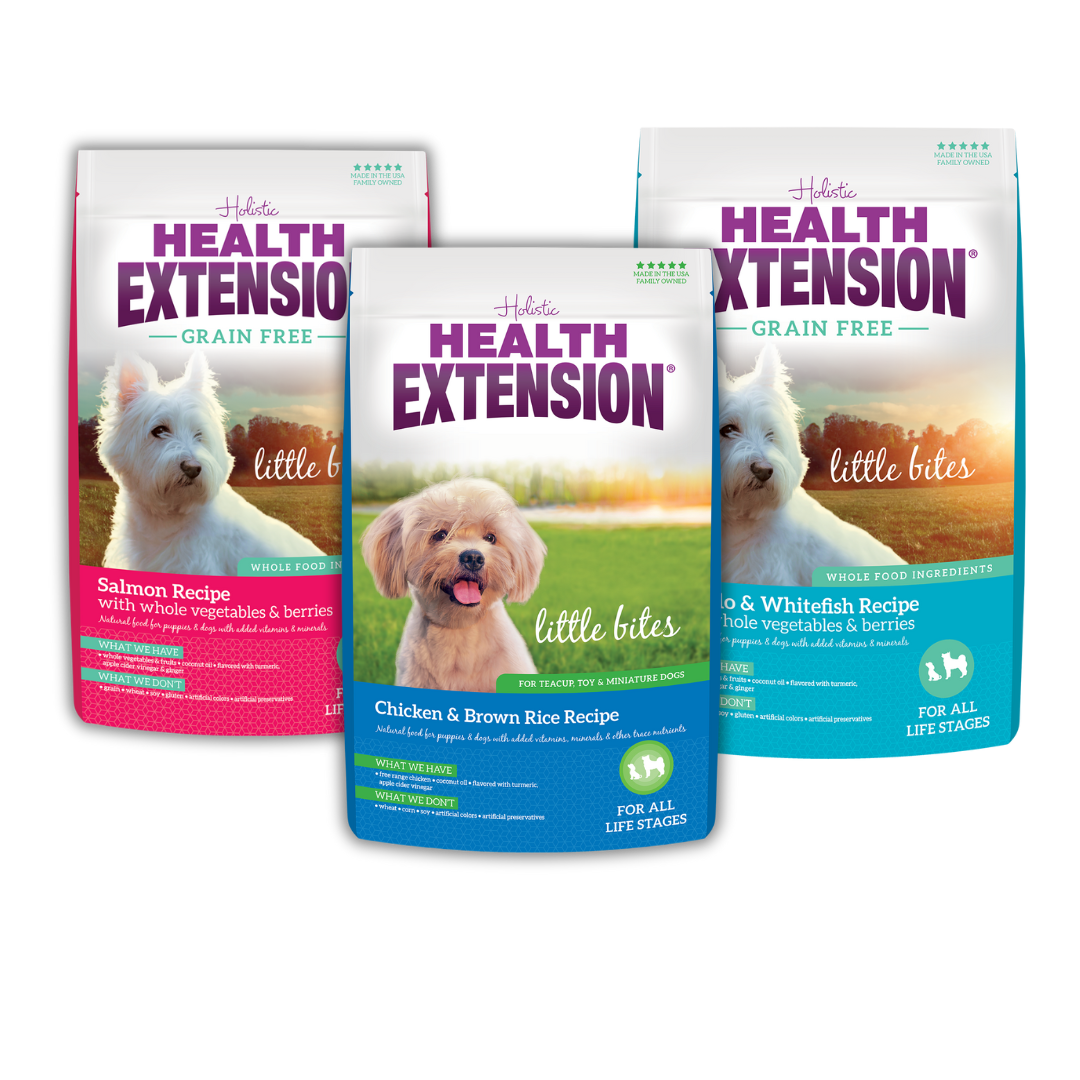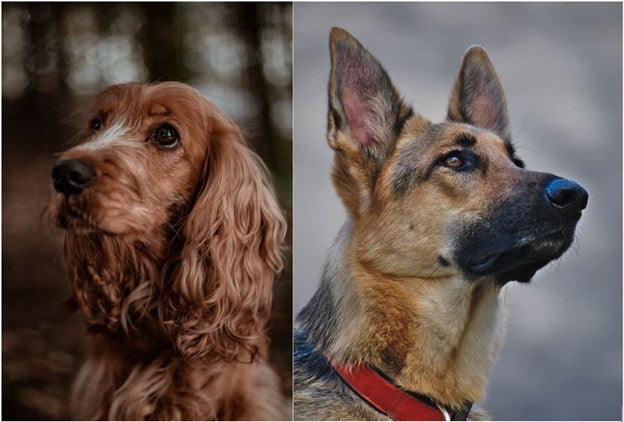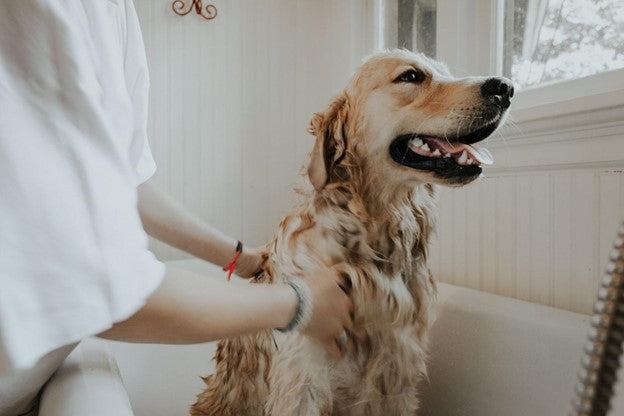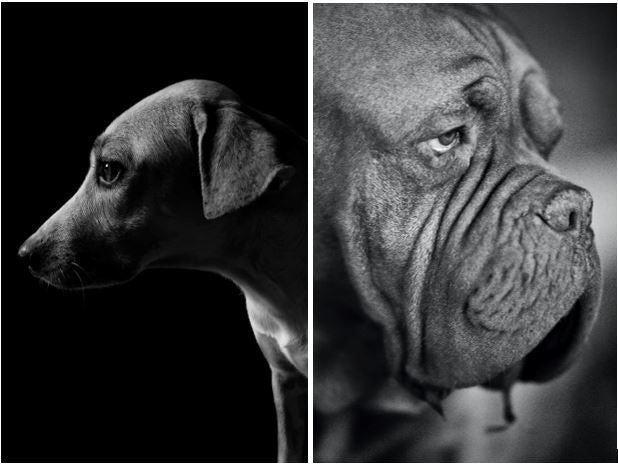Breed characteristics, like the shape of a dog's ears, are often adaptations to the environment in which they evolved. Some have erect, pointy ears, while others have dropped, floppy ears.
Read on to learn more about the differences in ear shapes for dogs, and how best to clean and take care of each ear type.
Floppy Ears
Floppy ears, also called drop ears, hang down the sides of a dog’s head. The entrance to their ear canal is protected by their outer ear flap, limiting their hearing abilities to a certain degree.
These dog breeds were typically bred to hunt via scent and blocking out some of the sounds around them made it easier to focus on the smells in front of them. Their ears also help swoosh the smells toward their nose. Breeds with floppy ears, were also bred for companionship due to domestication. Their droopy ears served to keep out debris and dirt while they worked. Dogs with floppy ears include:
- Labrador Retrievers
- Blood Hounds
- Beagles
- Cocker Spaniels
- Dachshunds
Common Issues with Floppy Ears
Ear infections are more susceptible in dogs with floppy ears. The design of their ear’s traps moisture inside their ear canal, leading to wax build-up and creating the perfect environment for bacteria and yeast to breed.
If your floppy-eared dog loves to swim, they are even more likely to develop an ear infection.
Common symptoms of ear infections in your dog include:
- Head shaking
- Scratching at their ear
- Dark discharge
- Odor
- Redness or swelling of the ear canal
- Pain in ear
Erect Ears
Dogs with erect ears, also called prick ears, have ears that are the most similar to their wolf predecessors. Breeds with erect, pointy ears were bred to hunt or flush game. They are more alert to sounds and prick up their ears when they hear something, allowing them to pinpoint the location of the prey. This gives them an advantage in chasing down their quarry.
These ears stand straight, giving full access to the ear canal and allowing them to hear without any restrictions.
These ears are most common in, but not exclusive to, cold-weather breeds like Huskies that are more “wolf-like” in appearance. Breeds that have erect ears include:
- Alaskan Malamutes
- German Shepherds
- Samoyed
- Akitas
- Siberian Husky
Common Issues with Pointy Ears
Dogs with erect ears have the advantage of fewer ear infections, but they are at a greater risk for ear injuries.
Because the ear canal is not protected, dogs with erect ears may experience a greater risk of foreign objects in their ears. Dogs with pointy ears tend to have thinner ears as well, leading to more blood blisters, tears, and small scratches from playtime.
How to Effectively Clean Your Dog’s Ears
No matter what kind of ear shape your dog has, cleaning them effectively is the best way to prevent infections and ear diseases.
To clean your dog’s ears, you will need a clean cotton ball or cotton pad, a gentle ear cleanser formulated for dogs, a towel, and a few of your dog’s favorite treats.
Lay a towel down under your dog to keep your area clean. If your dog has floppy ears, you will want to gently hold the flap up and pour a small amount of the cleanser into your dog’s ear canal.
Massage the base of your dog’s ear for 15-20 seconds to help the cleanser work into all of the grooves of your dog’s ear. Then, use the cotton ball to soak up any excess solution or earwax that may have come loose.
Clean your dog’s ears at least once a month, but more frequently if your dog swims or is more prone to ear infections.
Keep Your Dog’s Ears Clean and Healthy
Whether your dog has floppy ears or erect ears, they all need to keep their ears clean and dry to stay healthy and prevent painful infections. Keep up with a regular cleaning schedule and monitor for signs of an infection. If you think your dog may have an ear infection, always seek guidance from your veterinarian. Remember that healthy pets start their days with Health Extension pet food and Lifetime Multi Vitamins.
Have you ever wondered why your dog has a particular breed characteristic? Let us know in the comments!





